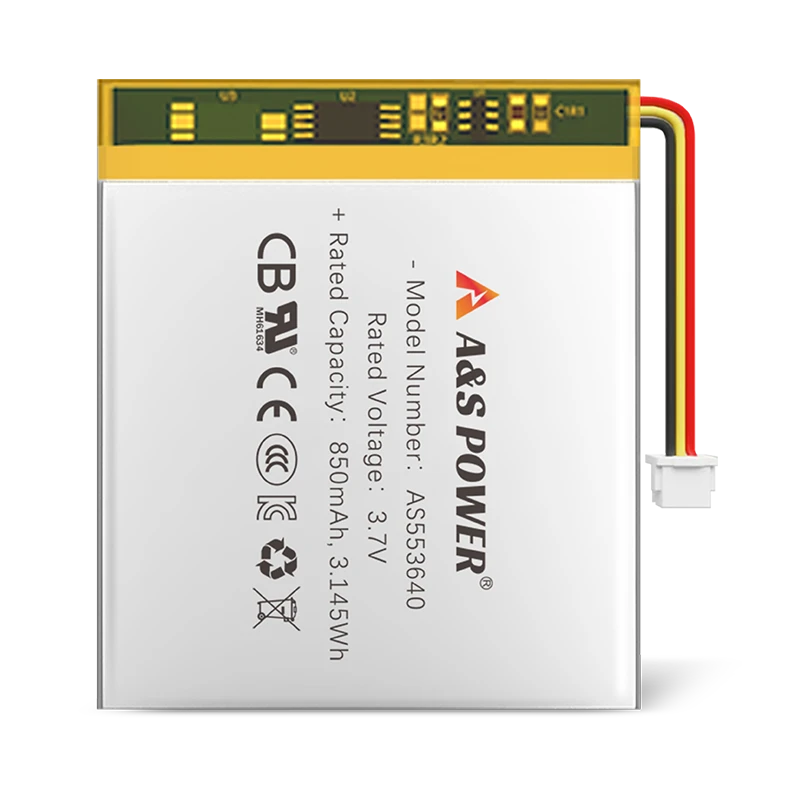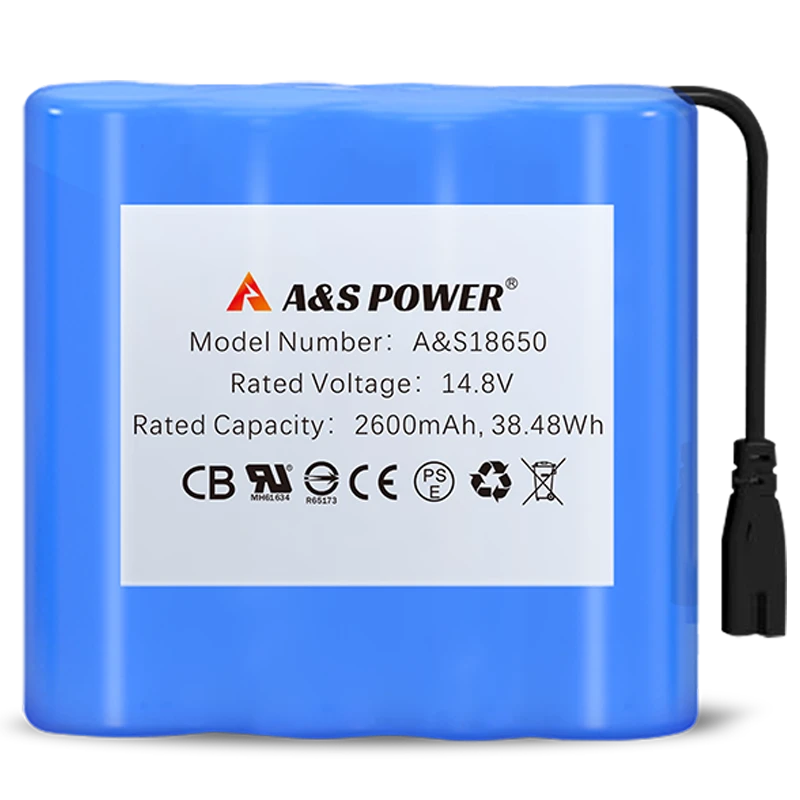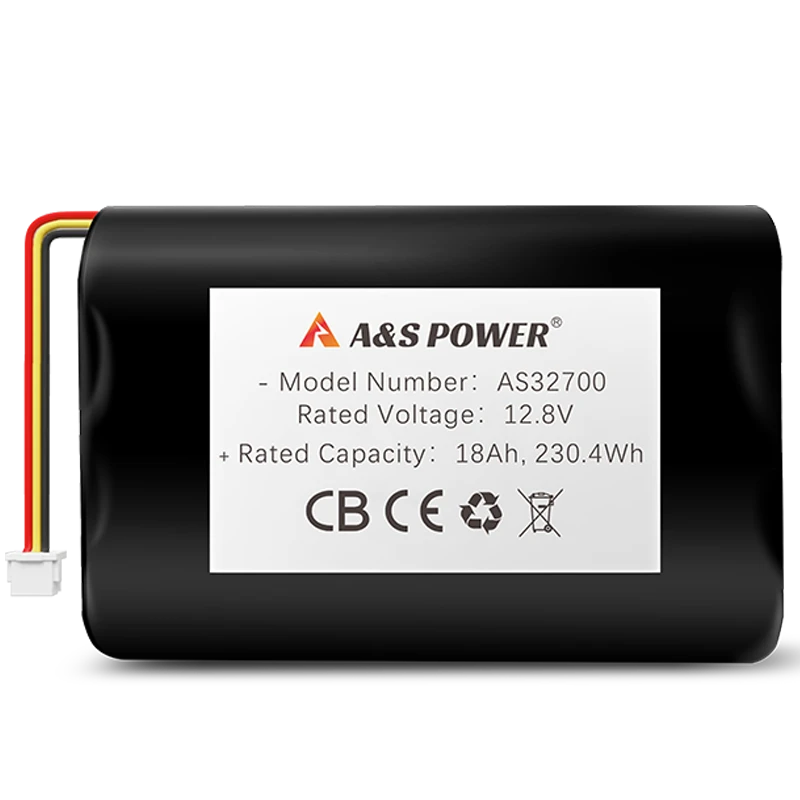Safer Lithium-Ion Batteries for EVs
Safer Lithium-Ion Batteries for EVs: Revolutionizing Electric Mobility with Advanced Safety Technologies
The electric vehicle (EV) revolution is accelerating globally, with lithium-ion batteries at its core. However, safety concerns remain a critical challenge for widespread adoption. This comprehensive guide explores the latest advancements in lithium-ion battery safety technologies for EVs, analyzing key innovations, performance metrics, and market trends that are setting new standards for reliability and security in electric mobility. With the global EV battery market projected to reach $150 billion by 2030, understanding these safety advancements is crucial for manufacturers, suppliers, and consumers alike.
Advanced Safety Technologies in EV Batteries
1. Thermal Runaway Prevention Systems
Thermal runaway remains the most significant safety concern in EV batteries. Modern systems employ multiple protection layers:
- Ceramic Separators: High-temperature resistant separators that maintain integrity up to 300°C
- Phase Change Materials: Absorb excess heat during thermal events
- Ventilation Systems: Pressure-activated vents that safely release gases
- Coolant Circulation: Active liquid cooling maintains optimal cell temperature (25±5°C)
Table 1: Thermal Runaway Prevention Technologies Comparison
| Technology | Activation Temp | Response Time | Effectiveness |
|---|---|---|---|
| Ceramic Separators | 150°C | Passive | 95% containment |
| Phase Change Materials | 80°C | <5 seconds | 85% heat absorb |
| Liquid Cooling | 40°C | Continuous | 99% temp control |
| Ventilation Systems | 150kPa | <50ms | 90% gas release |
2. Cell-to-Pack (CTP) Safety Architecture
Modern CTP designs eliminate module-level failure risks:
- Honeycomb Structures: Isolate individual cell failures
- Integrated Firewalls: Prevent propagation between cells
- Distributed Sensors: 200+ monitoring points per pack
3. AI-Powered Battery Management Systems
Next-gen BMS utilize machine learning for predictive safety:
- Anomaly Detection: Identifies potential issues 48+ hours in advance
- Adaptive Charging: Adjusts rates based on real-time cell health
- Self-Healing Algorithms: Automatically rebalances weak cells
Performance and Safety Metrics
4. Key Safety Indicators for EV Batteries
Critical metrics that define battery safety:
- Thermal Runaway Propagation Time: >5 minutes (new industry standard)
- Short Circuit Withstand: >10kA for 100ms
- Crash Test Integrity: 50G impact resistance
- Water Immersion Survival: IP67 for 1 hour
Table 2: Safety Standards Comparison
| Standard | Thermal Test | Mechanical Test | Electrical Test |
|---|---|---|---|
| UN GTR 20 | 130°C for 10min | 50G impact | 2x overcharge |
| GB 38031-2020 | 150°C for 5min | 30G vibration | Short circuit |
| UL 2580 | 300°C local | Crush to 50% | 1.5x overcurrent |
5. Real-World Safety Performance
Industry data shows significant improvements:
- Tesla's Structural Pack: 0 fire incidents per 10 million miles
- BYD Blade Battery: Passes nail penetration test at 100% SOC
- CATL's Qilin Battery: Withstands 50G collision tests
6. Safety vs. Energy Density Tradeoffs
Balancing safety with performance:
- Traditional NMC: 250Wh/kg with moderate safety
- LFP with Nanotech: 180Wh/kg with superior safety
- Solid-State Prototypes: 350Wh/kg with excellent safety
Market Trends and Future Developments
7. Global Safety Regulations Evolution
Upcoming regulatory changes:
- EU Battery Passport (2027): Digital record of safety tests
- US NHTSA Rules: Mandatory propagation resistance by 2025
- China GB Standards: Stricter thermal test requirements
8. Emerging Safety Technologies
Breakthroughs in development:
- Self-Extinguishing Electrolytes: Auto-quench at 150°C
- Graphene Thermal Films: 5x better heat dissipation
- Solid-State Designs: Eliminate liquid electrolyte risks
9. Cost-Benefit Analysis of Safety Features
Table 3: Safety Implementation Costs
| Feature | Cost Increase | Risk Reduction |
|---|---|---|
| Ceramic Separators | +8% | 40% fewer events |
| Liquid Cooling | +15% | 75% temp issues |
| AI BMS | +12% | 90% early detect |
| Fireproof Housing | +5% | 50% containment |
10. Consumer Safety Perceptions
Market research findings:
- 68% of EV buyers rank safety as top priority
- Safety certifications increase purchase likelihood by 45%
- Battery warranty length impacts brand trust by 32%
Implementation Strategies for Manufacturers
11. Supply Chain Safety Considerations
Critical components for safe batteries:
- Separator Quality: ≤1μm pore size consistency
- Electrolyte Purity: <10ppm water content
- Cathode Homogeneity: 99.9% material uniformity
12. Production Line Safety Protocols
Manufacturing best practices:
- Dry Room Requirements: <-40°C dew point
- Charge/Discharge Testing: 100% cell testing
- Traceability Systems: Full production history per cell
13. Post-Market Safety Monitoring
Field performance tracking:
- OTA Updates: Remote BMS improvements
- Fleet Analytics: Early warning systems
- Recall Prevention: Predictive maintenance
Conclusion
The evolution of safer lithium-ion batteries for EVs represents a convergence of advanced materials, intelligent systems, and rigorous testing protocols. With thermal runaway prevention technologies reducing fire risks by over 90% and AI-driven BMS providing unprecedented early warning capabilities, modern EV batteries are setting new safety benchmarks. Manufacturers investing in these technologies gain competitive advantage in the $150B EV battery market while meeting increasingly stringent global safety standards.
A new electrolyte can raise the voltage for less recharging without causing flammability.
Despite scientists’ current exploration of different battery chemistries for mainstream use, lithium-ion batteries are still the de facto standard for electronic devices, including new, more powerful batteries being developed for electric vehicles (EVs).
However, to develop batteries with higher voltage to improve the range of EV batteries before needing to recharge comes with a price—an instability in a battery that can cause it to explode or catch fire.
Now a team from the University of Tokyo has found a way to increase not only the voltage delivery of a lithium-ion battery but also its ability to mitigate dangerous conditions that can lead to failure.
The key to the finding lies in the creation of a new solve electrolyte material, fluorinated cyclic phosphate (TFEP), discovered by a team at the Graduate School of Engineering and Graduate School of Science at the University of Tokyo.
The use of electrolytes—which control how much voltage a device holds—in lithium-ion batteries could use an update, said Professor Atsuo Yamada, who led the research.
“The electrolyte solvent in lithium-ion batteries is the same now as it was when the batteries were commercialized in the early 1990s,” he said in a press statement. “We thought there was room for improvement, and we found it.”
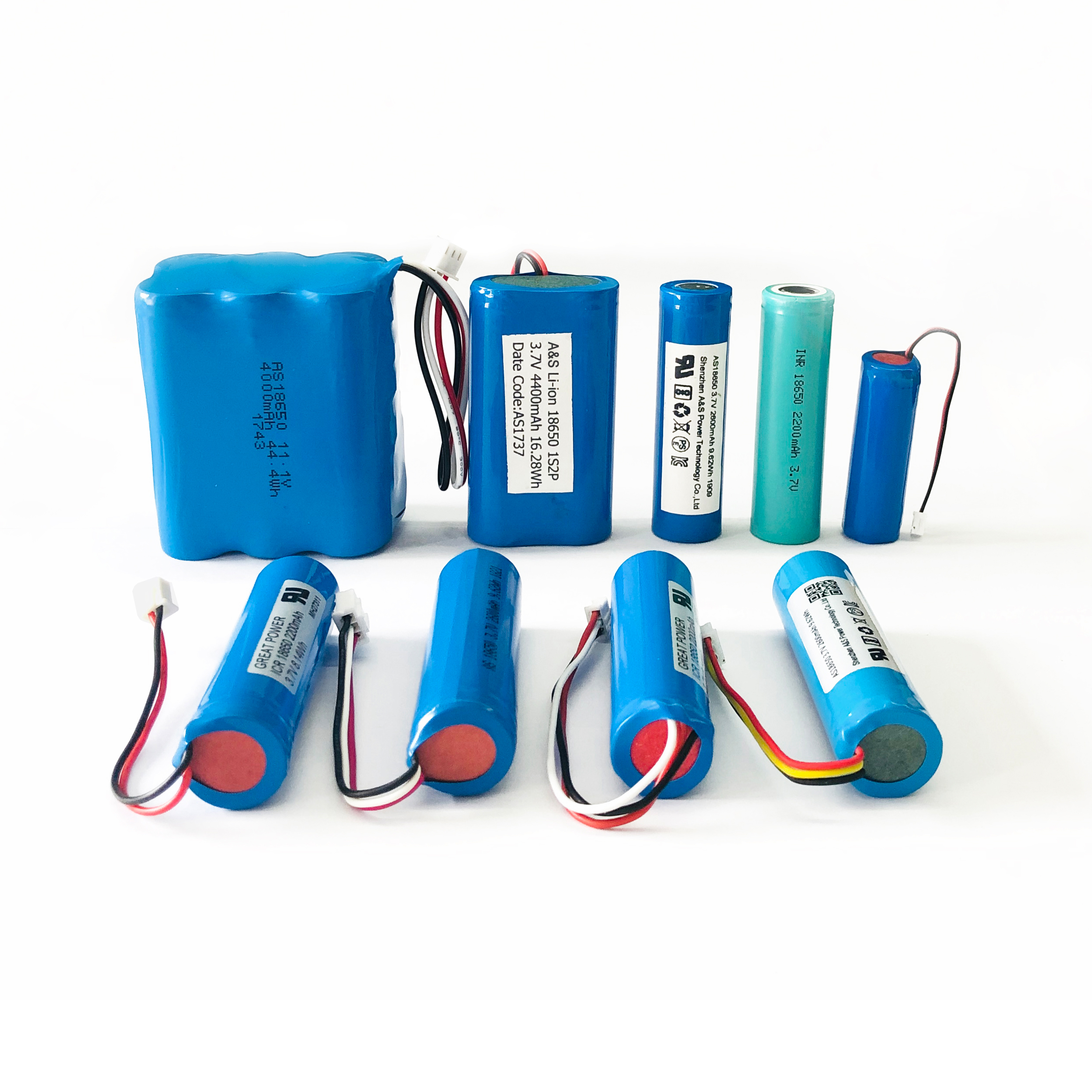
New Material Benefits
TFEP can hold voltages of up to 4.9 volts and is nonflammable. This has benefits over ethylene carbonate (EC), which is typically used as the electrolyte in lithium-ion batteries. EC is well known for its flammability potential and also unstable above 4.3 volts.
Providing more voltage in a battery of about the same size by using TFEP—which would take up the same volume—now means it can last longer before needing to recharge, a benefit for EVs, Yamada said.
Researchers published a paper on their work in the journal Nature Energy.
The effectiveness of TFEP actually surprised the researchers themselves, he said. Usually finding new electrolytes for batteries is “trial and error, with slight alterations in the basic chemistry rarely offering any advantage, Yamada said in a press statement.
Working with University of Tokyo chemist and Professor Eiichi Nakamura is what gave the team an advantage to discover TFEP’s viability, allowing researchers a “theoretical understanding of the underlying molecular structures” of the material before they tested it, Yamada said.
“We predicted the safe, high-voltage properties before we experimentally verified them,” he said in a press statement. “So it was a very pleasant surprise indeed.”
-

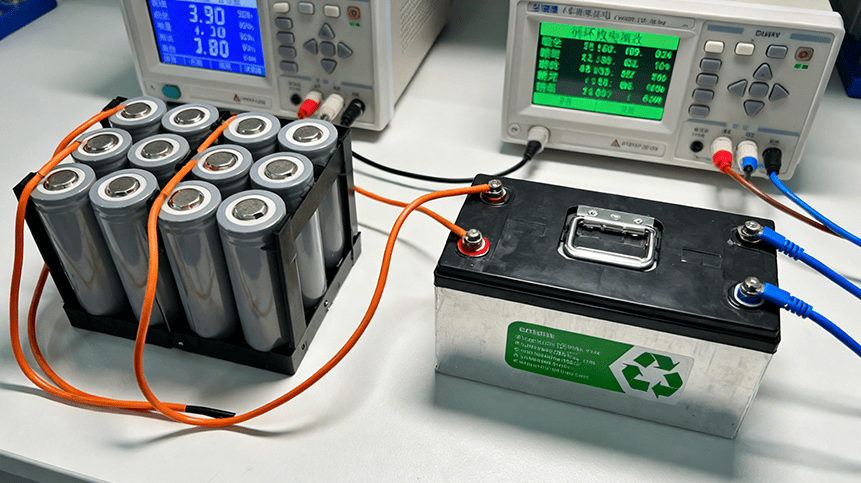 May.2025.11.24Ternary Lithium Battery vs Lithium-ion: Complete Comparison Guide (2025 Edition)Learn More
May.2025.11.24Ternary Lithium Battery vs Lithium-ion: Complete Comparison Guide (2025 Edition)Learn More -

 May.2025.11.214S2P 18650 14.8V Battery: Complete Technical Guide, Specs, Applications & SafetyLearn More
May.2025.11.214S2P 18650 14.8V Battery: Complete Technical Guide, Specs, Applications & SafetyLearn More -

 May.2025.11.18PCM vs BMS in Lithium Batteries: What’s the Difference and Which One Do You Need?Learn More
May.2025.11.18PCM vs BMS in Lithium Batteries: What’s the Difference and Which One Do You Need?Learn More -

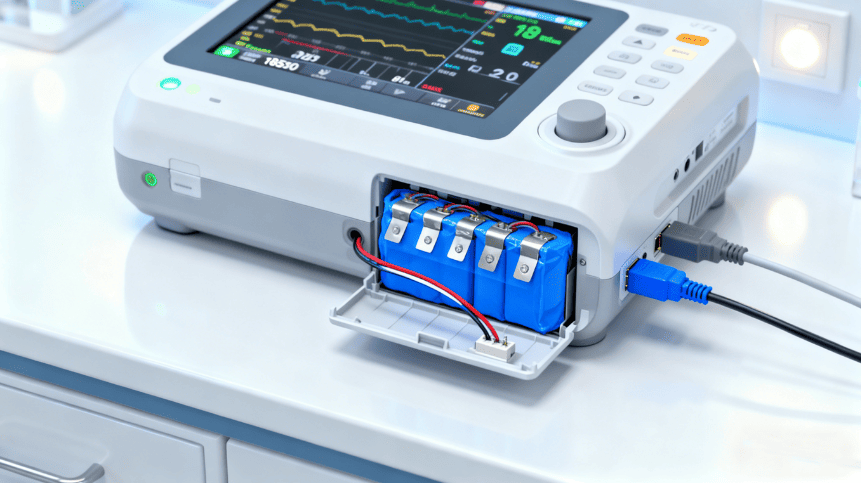 May.2025.11.17Custom Li-ion Battery Design for Medical Devices (2025 Comprehensive Guide)Learn More
May.2025.11.17Custom Li-ion Battery Design for Medical Devices (2025 Comprehensive Guide)Learn More -

 May.2025.11.17The Future of Lithium-Ion Batteries: Innovation, Sustainability, and Global Market TrendsLearn More
May.2025.11.17The Future of Lithium-Ion Batteries: Innovation, Sustainability, and Global Market TrendsLearn More




